An Introduction to Soba: Japanese Buckwheat Noodles
Traditional Japanese Flavors
Soba; a delicious, healthy alternative to ramen.
A relatively easy-to-make dish, soba (蕎麦, そば) noodles are one of the most famous traditional foods found in Japan. Archaeological evidence shows that buckwheat has been cultivated in Japan since the Jomon Period (about 10,000 years ago).
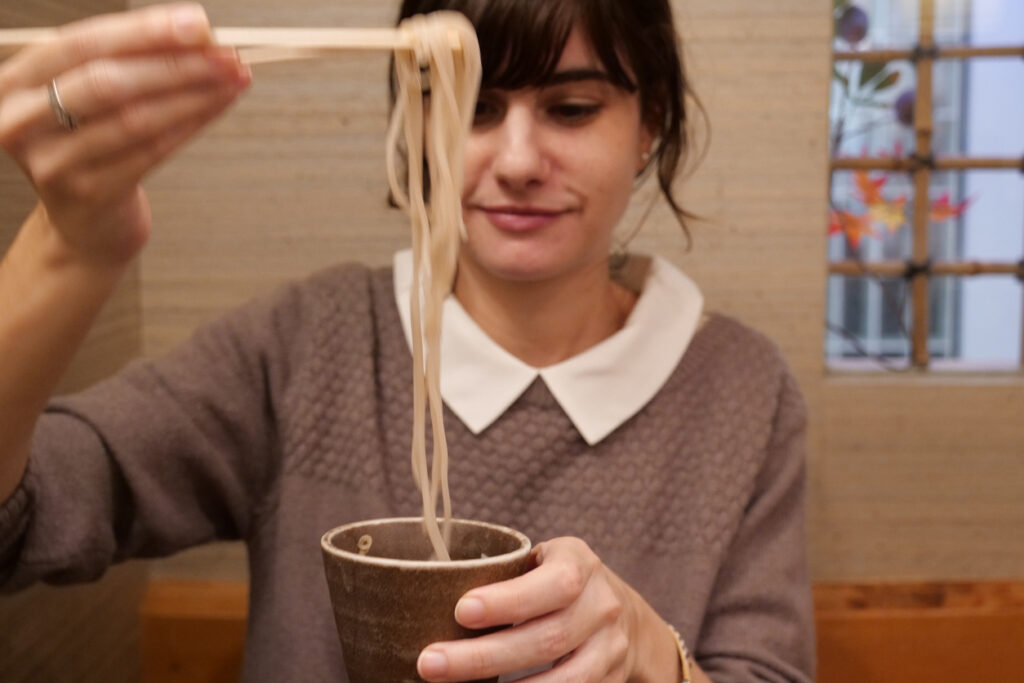 © Photo by iStock: joka2000
© Photo by iStock: joka2000In the simplest terms, soba is made from finely ground buckwheat mixed with water into a dough, cut into long, thin noodles, then boiled. It’s essentially the same process as making pasta. Soba is then served with tsuyu (つゆ), a soup base made from dried bonito and kombu kelp dashi (stock) and soy sauce, and other toppings or condiments.
The most common soba dish condiments are spices such as ichimi togarashi (hot chili pepper), shichimi (seven spice pepper blend), wasabi and green onions.
At some restaurants, you may be given a bowl or teapot of soba-yu after your meal. Soba-yu is the water the noodles were cooked in and contains the same vitamins and minerals as the noodles themselves. It doesn’t have much flavor, but it is nice on a cold winter’s day, or to add to your remaining tsuyu if you wish to drink that as well.
A health food—unless you’re allergic
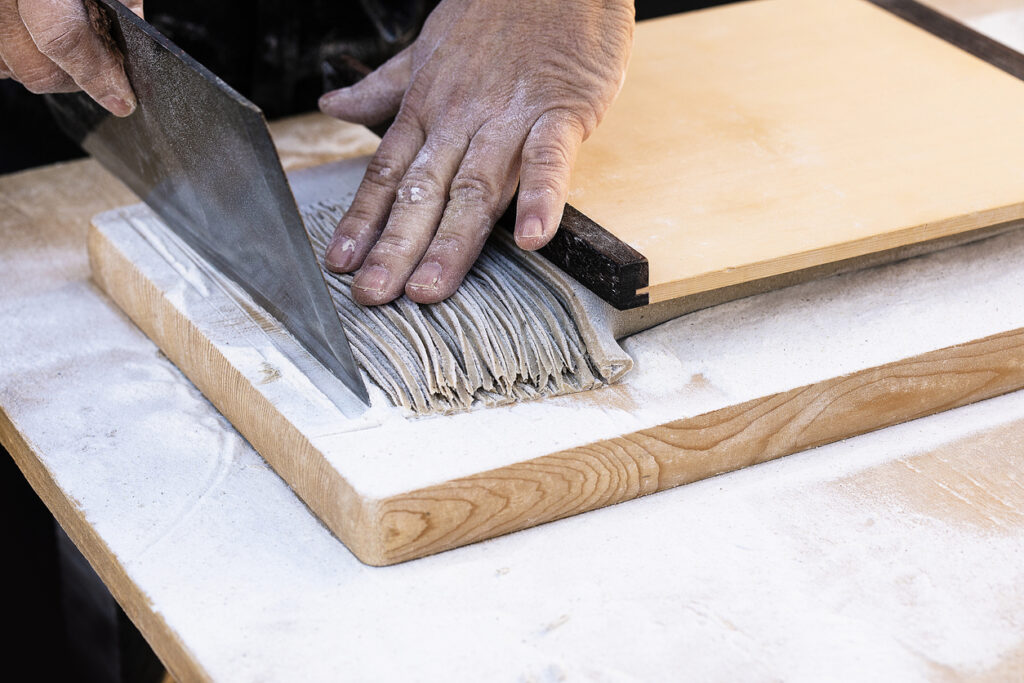 © Photo by Yuuji
© Photo by YuujiThe average serving of soba noodles falls in the 250-400 kcal range and is known for its vitamins B1 and B2, rutin and dietary fiber content. Compared to udon noodles and ramen it also has a relatively low Hypo-glycemic Index (GI) level, so it’s a safe alternative for dieters as well.
It also contains very little to no gluten, which makes it a good alternative for those with coeliac disease. That being said, soba dishes may also be high in sodium, so if you need to watch your salt intake, you may want to plan your other meals accordingly.
One concern that some may have with eating soba is a buckwheat allergy. While rare, it does happen and can be fatal. Individuals from countries where buckwheat is uncommon or those with allergies to rhubarb and garden sorrel should be especially careful.
Symptoms of a soba allergy start almost immediately after eating the noodles and can range in severity. Anaphylactic shock and death are obviously the most severe. Other symptoms include a burning or stinging sensation in the mouth, itching on the lips and in the mouth, and swelling of the lips, tongue and throat. Later-onset symptoms may include stomach pain, nausea, vomiting and diarrhea.
The three basic forms of soba
Soba noodles can be served in one of two ways: hot or cold.
Kake soba (かけそば)
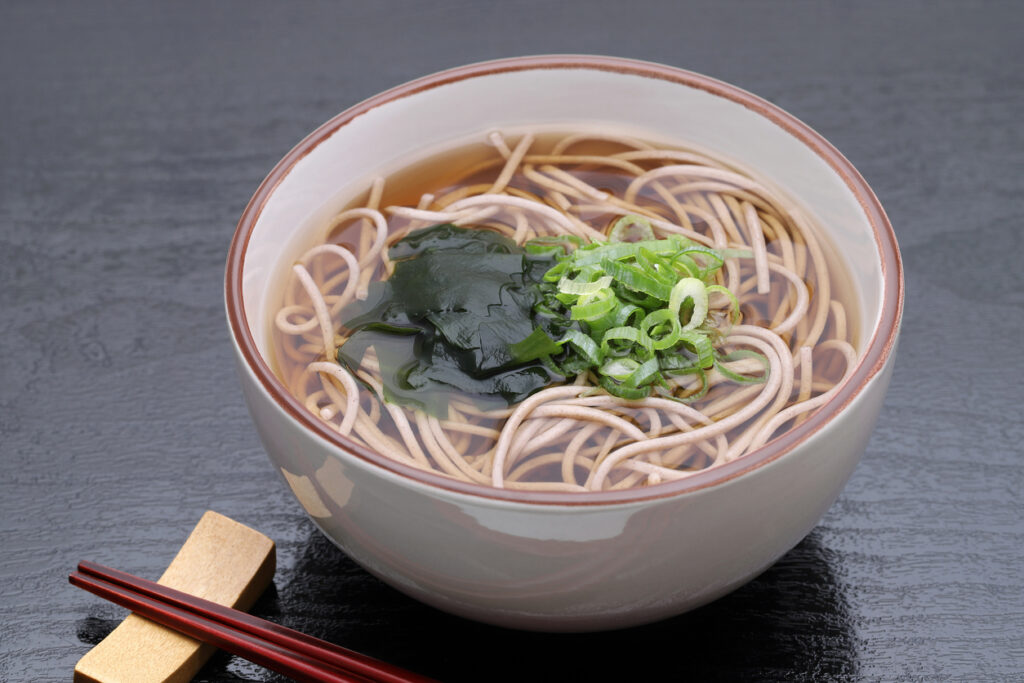 © Photo by iStock: akiyoko
© Photo by iStock: akiyokoKake soba is soba served in a hot tsuyu broth with various toppings as well as the condiments mentioned above. You can choose to drink the broth (directly from the bowl) if you like or leave it aside if you are concerned with salt intake.
Zaru soba (ざるそば)
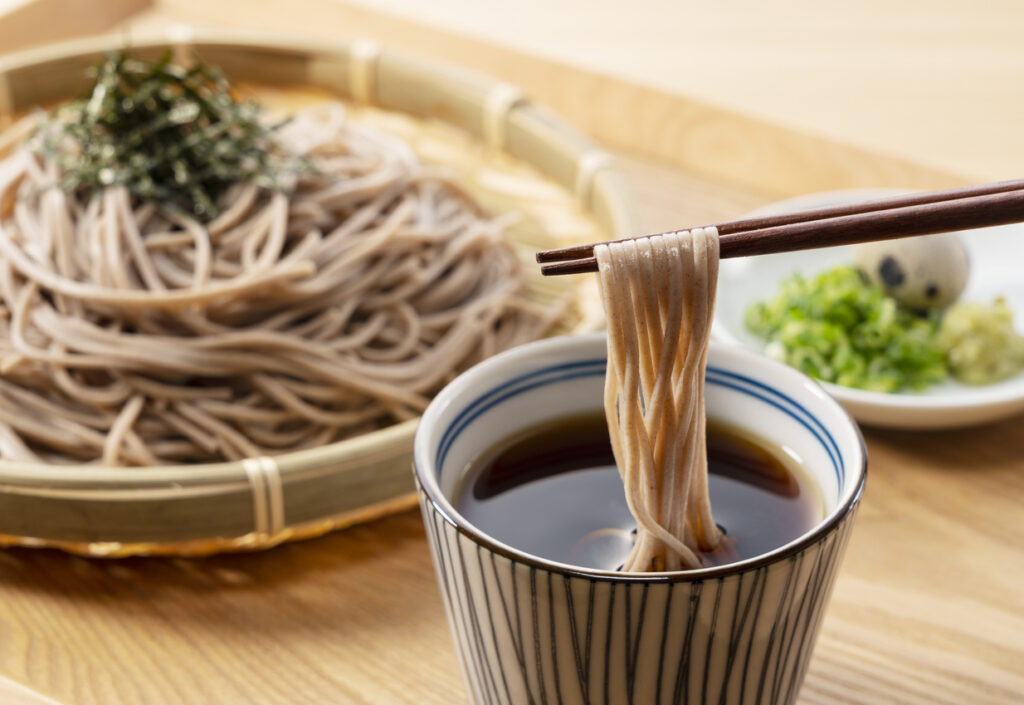 © Photo by iStock: masa44
© Photo by iStock: masa44Zaru soba is a plate of cold soba noodles with a small cup or bowl of cold tsuyu dipping sauce on the side along with chopped green onions and wasabi. They’re most often served with sliced nori seaweed on top (known as mori soba). Add whatever condiments you like to the tsuyu, then simply pick up a mouthful’s worth of noodles, dip them in the tsuyu and enjoy.
Hiyashi soba (冷やしそば)
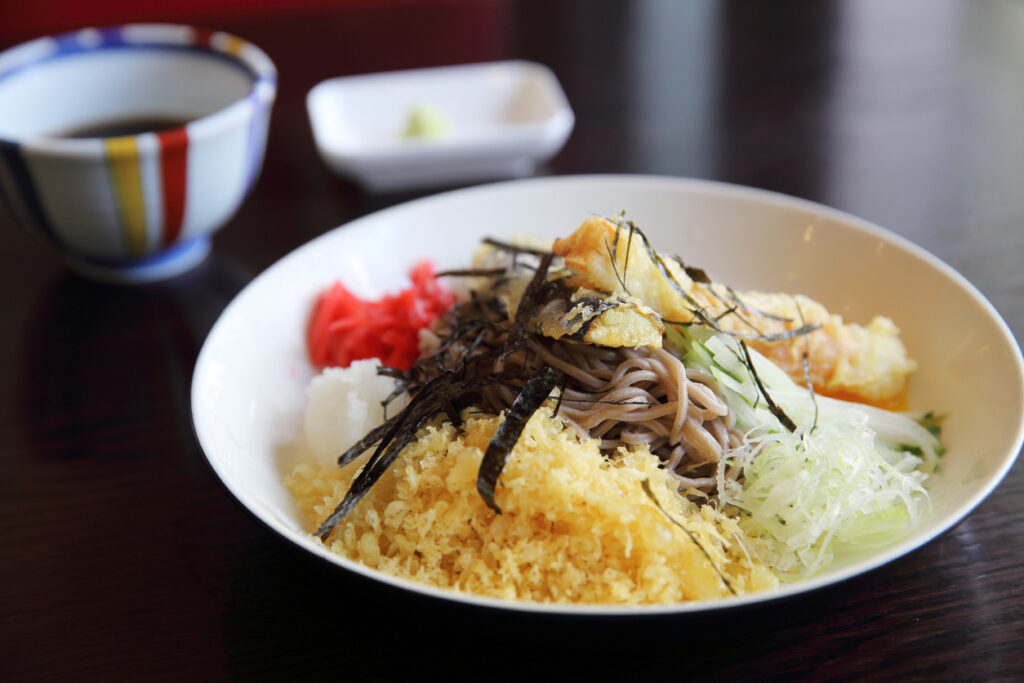 © Photo by iStock: piyato
© Photo by iStock: piyatoHiyashi soba is a bowl of cold soba noodles topped with various condiments. Essentially you add whatever condiments/toppings you like to a bowl of cold noodles, pour over some cold tsuyu and stir before slurping up your dish.
The most common types of soba
While not an exhaustive list, these are the most common types of soba dishes available across Japan.
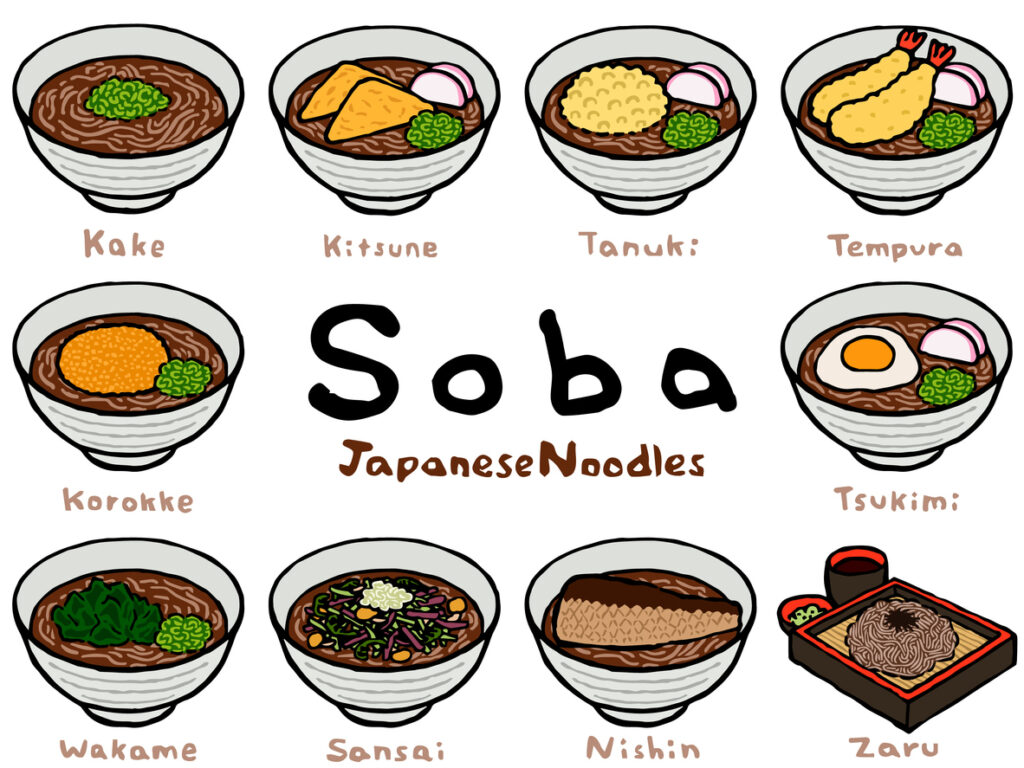 © Photo by iStock: katoten
© Photo by iStock: katotenCurry soba
Features a slightly thicker tsuyu broth base that contains Japanese curry powder. It can be mild to very spicy depending on the chain.
Kitsune soba
Kake soba with slices or sheets of sweet fried tofu in the broth. According to Japanese folklore, kitsune (foxes) love fried tofu, and this inspired the name.
Tanuki soba
Kake soba with tenkasu (crumbs of fried tempura batter) in it. One theory is that, as tanuki soba is relatively topping-free, the original name was tanenuki (タネ抜き) or ‘without toppings’ and eventually was shortened to tanuki.
Kakiage/Tempura soba
Kake soba with a kakiage tempura cake on top. Kakiage is composed of finely chopped onions, carrots, cabbage and other vegetables but may also contain shrimp, squid, octopus or other types of seafood. Tempura soba is simply hot or cold soba with tempura in it or on the side.
Korokke soba
Kake soba topped with a korokke (potato croquette).
Kamo soba
Kake soba with slices of duck meat and green onions.
Nishin soba
Kake soba with dried sliced herring on top; there are two famous regional varieties from Hokkaido (where herring is a staple) and Kyoto (preserved sweetened and boiled herring is used).
Okame soba
Kake soba with kamaboko (fish cake), spinach and seasonal vegetables or mushrooms.
Tamago-toji soba
Kake soba with a soft-scrambled egg in the broth.
Toshikoshi soba
Kake soba served on New Year’s Eve with especially long noodles and tempura shrimp. The long noodles and the shrimp are said to represent longevity/long life and are auspicious items to have for the coming year.
Nameko soba
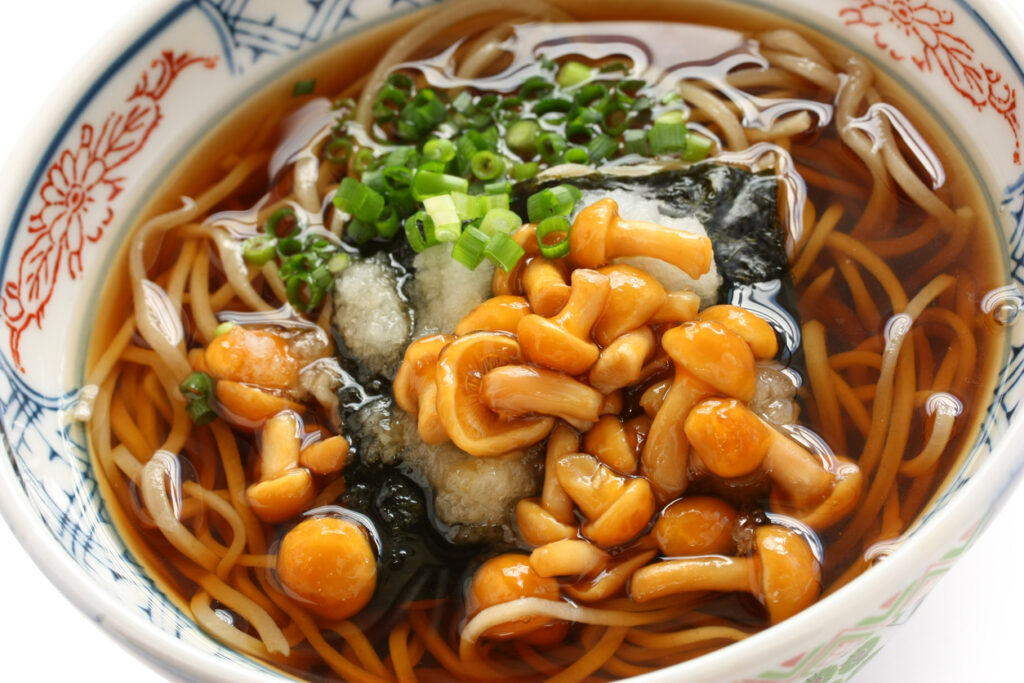 © Photo by iStock: bonchan
© Photo by iStock: bonchanThis dish is named after the nameko mushroom which has a gelatinous outer skin. This gives them a slick texture that people either love or hate. Anyone with issues regarding food textures may want to avoid this dish or nameko in particular.
Oroshi/Tororo soba
Any type of soba served with either daikon-oroshi (grated daikon radish) or grated yamaimo/nagaimo (Japanese/Chinese yam).
Sansai soba
A soba dish with a variety of edible plants known as sansai; these include zenmai (fiddlehead fern) or takenoko (bamboo root). While these plants are edible, they may also be allergens so please be careful.
Tsukimi Soba
Kake or hiyashi soba served with either a fully raw or soft-boiled egg on top. Unlike tamago-toji soba, this egg is cooked separately and placed on top of the dish.
When a dish has been around for several thousands of years people and areas find new and unique ways of presenting a dish. One of the best ways to try soba is to find a small, traditional soba or noodle shop in your neighborhood and test their wares yourself!
How do you like your soba served? Let us know your favorite in the comments!












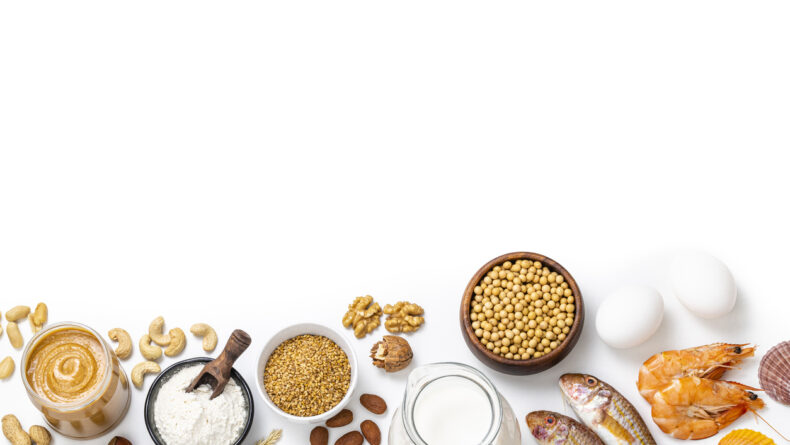
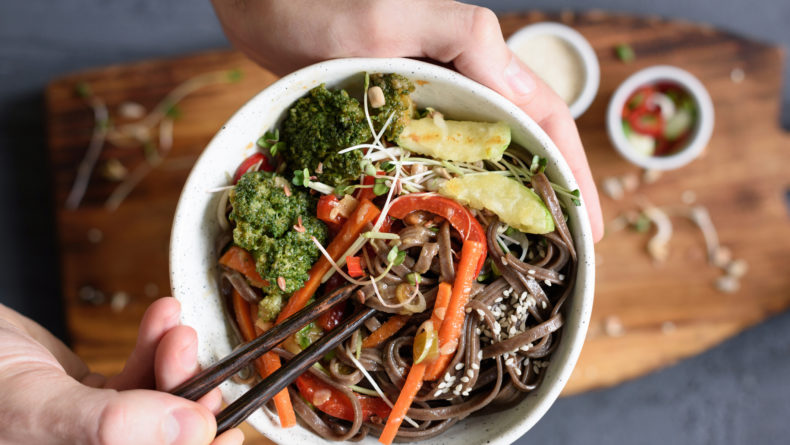
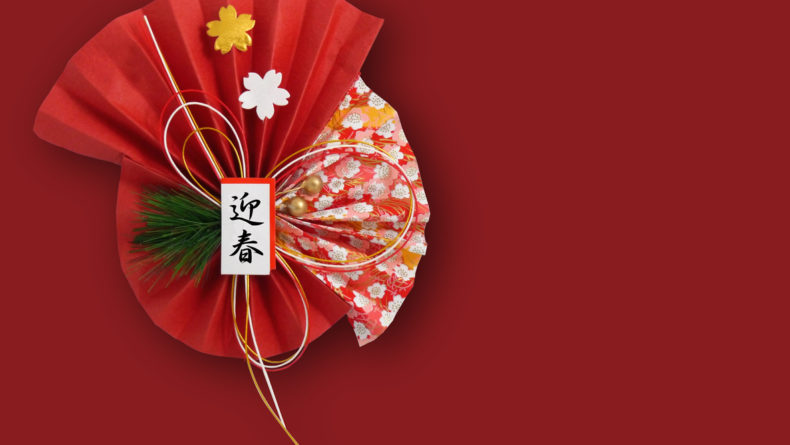

Leave a Reply